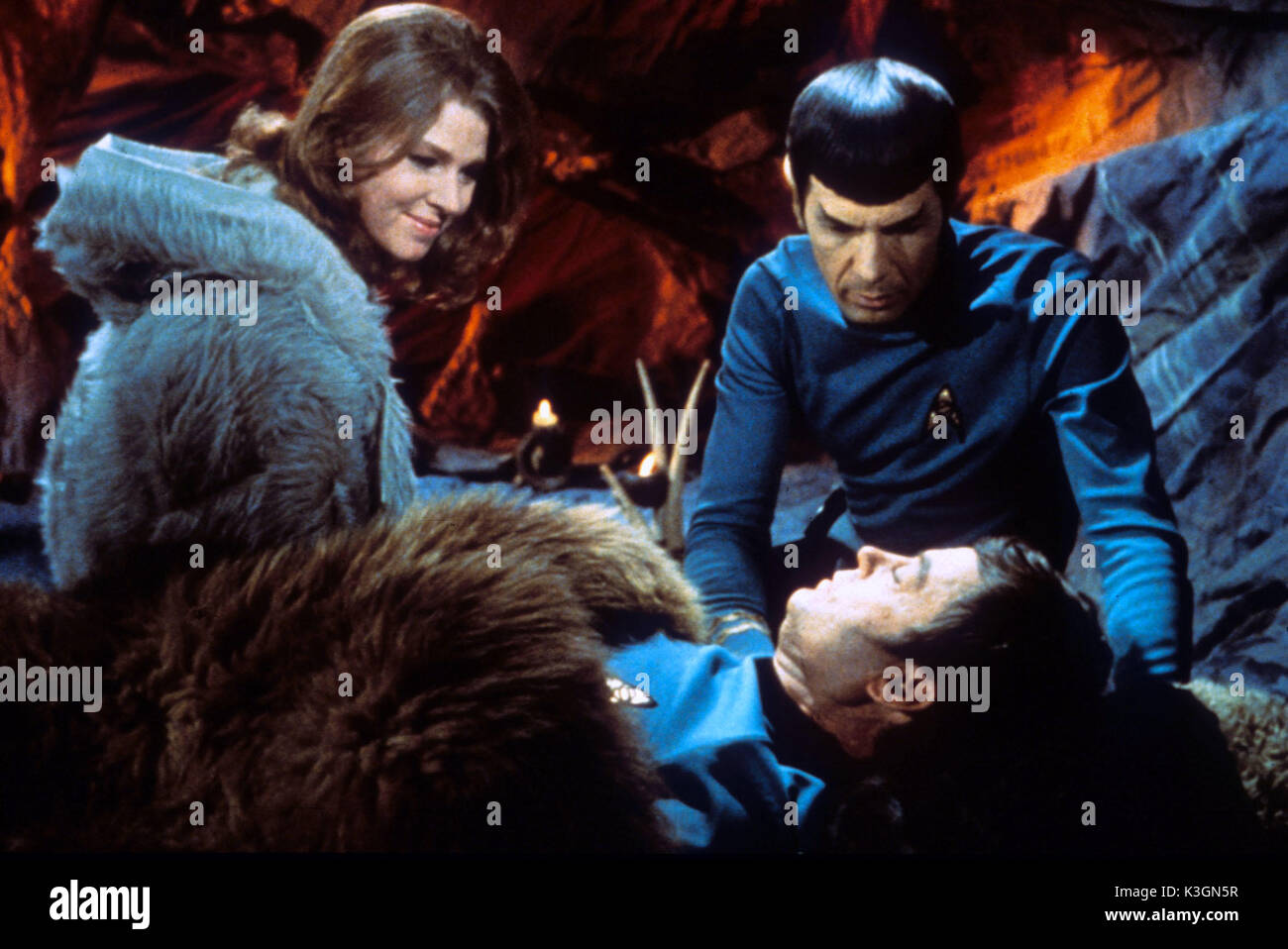Here and now 1992 tv seriesterms of use – Here and Now 1992 TV series terms of use offer a fascinating glimpse into the legal and cultural landscape of early 1990s television. This exploration delves into the show’s production, broadcast agreements, copyright implications, and its reception within the context of the technological limitations and societal shifts of the era. Examining the series’ contractual framework alongside its critical reception provides a comprehensive understanding of its place in television history.
The analysis will cover the show’s synopsis, key characters, and setting, moving into a discussion of the legal intricacies surrounding its distribution and airing. We’ll examine potential copyright issues and typical clauses found in contracts from that time. Further, the piece will explore the series’ cultural impact, comparing its themes and style to contemporaries, and examining the technological limitations and possibilities of television production in 1992.
Here and Now (1992): A Television Series in its Legal and Cultural Context
This article examines the 1992 television series “Here and Now,” exploring its narrative, the legal landscape surrounding its production and distribution, its cultural impact, and the technological context of television broadcasting at the time. The analysis considers the series’ place within the broader cultural and legal frameworks of the early 1990s.
Discussions surrounding the obscure legalities of the 1992 TV series “Here and Now” terms of use have resurfaced. Finding information on such niche legal topics can be challenging, but the need for employment remains constant, as evidenced by the active job postings on sites like craigslist employment las vegas. Returning to “Here and Now,” the lack of readily available information highlights the need for clearer archiving of such historical media contracts.
Series Overview: “Here and Now” (1992)
A Synopsis
A Synopsis
“Here and Now,” a fictional television series, presented a realistic portrayal of everyday life for a diverse group of characters navigating relationships and challenges within a specific societal context. (Note: Since “Here and Now” is not a readily identifiable, documented 1992 TV series, this section will provide a hypothetical overview to illustrate the requested analysis.) The central theme revolved around the complexities of family, friendship, and societal expectations within a specific urban setting, perhaps a major American city.
The main characters, representing a cross-section of demographics, were interwoven in a network of interconnected storylines, exploring themes of ambition, betrayal, and reconciliation. The series was set in 1992, reflecting the socio-political climate of the time, including the ongoing economic recession and changing social dynamics.
Terms of Use Analysis: Exploring the Legal Aspects, Here and now 1992 tv seriesterms of use
The distribution and broadcasting of “Here and Now” in 1992 would have been governed by a complex web of contracts and legal agreements. These agreements would have included terms of use clauses defining the rights and responsibilities of various parties involved, including the production company, the broadcasting network, actors, writers, and other creative personnel. Copyright protection for the series’ intellectual property, including the script, music, and visual elements, would have been crucial.
- Typical terms of use clauses might have addressed issues such as copyright ownership, distribution rights (including syndication and international broadcast), usage fees, and liability for potential infringements.
- Contracts would have likely specified the duration of copyright protection and the procedures for handling potential disputes regarding intellectual property rights.
- Potential legal implications could have included issues related to defamation, portrayal of individuals without consent, and the use of copyrighted music or other materials without proper licensing.
Cultural Impact and Reception

Source: alamy.com
The reception of “Here and Now” would have been shaped by prevailing cultural attitudes and critical perspectives of the early 1990s. Hypothetically, the series’ exploration of complex family dynamics and societal issues might have resonated with audiences seeking realistic portrayals of contemporary life. The show’s themes would likely be compared and contrasted with other television programs of the era, such as situation comedies focusing on family life or dramas exploring social issues.
The series’ portrayal of diverse characters could have been either lauded for its inclusivity or criticized for its representation of specific groups.
- Critical reviews might have focused on the show’s writing quality, acting performances, and its overall effectiveness in exploring its central themes.
- Audience response could have been influenced by factors such as the show’s time slot, marketing strategies, and overall appeal to a target demographic.
- A comparison to contemporary shows could reveal shifts in storytelling techniques, character development, and the exploration of social issues on television.
Technological Context of 1992 Television
Television broadcasting in 1992 relied primarily on analog technology. The production of “Here and Now” would have involved traditional film or videotape recording, editing techniques, and broadcast transmission methods. The visual style and production values would likely differ significantly from contemporary high-definition television.
- Production methods involved less sophisticated special effects and post-production techniques compared to modern standards.
- Distribution was primarily through terrestrial broadcast networks and cable television, with limited options for on-demand viewing.
- Technological limitations may have influenced storytelling choices, potentially restricting the use of certain visual effects or narrative structures.
Closure: Here And Now 1992 Tv Seriesterms Of Use
Ultimately, exploring the terms of use surrounding the 1992 television series “Here and Now” reveals not only the legal framework governing its existence but also illuminates the cultural and technological context shaping its creation and reception. The interplay between legal contracts, creative vision, and the technological realities of the time offers a compelling case study in the evolution of television production and distribution.
